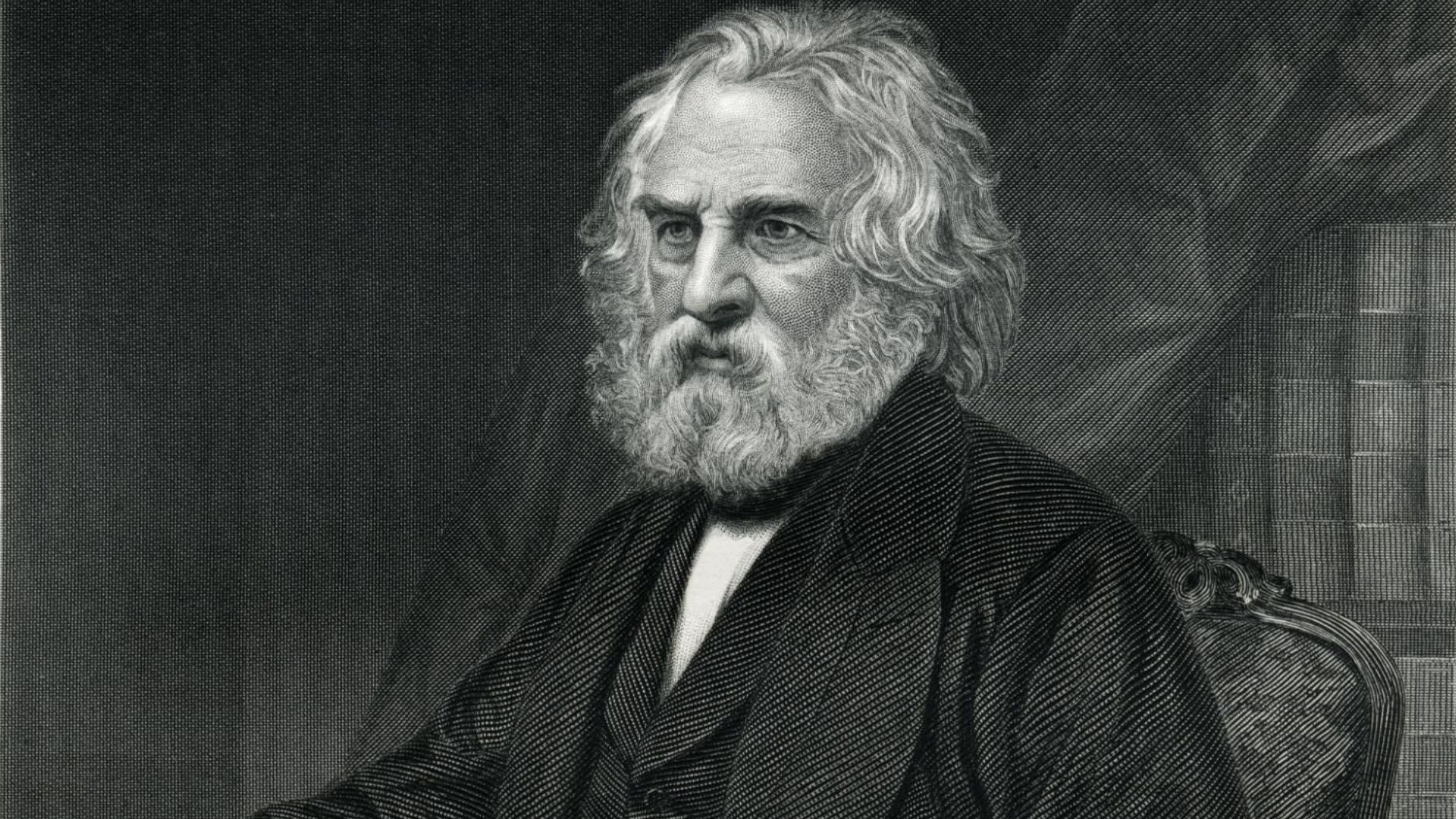Tuesday, March 30, 2010
Monte Cassino. Terra Di Lavoro. (Birds Of Passage. Flight The Fourth) Comments
Rating: ★2.6
Beautiful valley! through whose verdant meads
Unheard the Garigliano glides along;--
The Liris, nurse of rushes and of reeds,
...
Read full text

Monte Cassino, with its historic abbey, is south of Rome in the Italian region Lazio. St. Benedict of Nursia established there his first monastery (c.529 AD) . The motto of the monks is ''ORA ET LABORA'' ('pray and work') . from Wikipedia: During the Battle of Monte Cassino (January–May 1944) the Abbey made up one section of the 161-kilometre (100-mile) Gustav Line, a German defensive line designed to hold the Allied troops from advancing any further into Italy. On 15 February 1944 the abbey was almost completely destroyed in a series of heavy American-led air raids. The bombing was conducted because many reports from troops on the ground suggested that Germans were occupying the monastery, and it was considered a key observational post by all those who were fighting in the field. However, during the bombing no Germans were present in the abbey. Subsequent investigations have since confirmed that the only people killed in the monastery by the bombing were 230 Italian civilians seeking refuge there. Only after the bombing were the ruins of the monastery occupied by German Fallschirmjäger (paratroopers) , because the ruins provided excellent defensive cover, aiding them in their defence. The Abbey was rebuilt after the war.